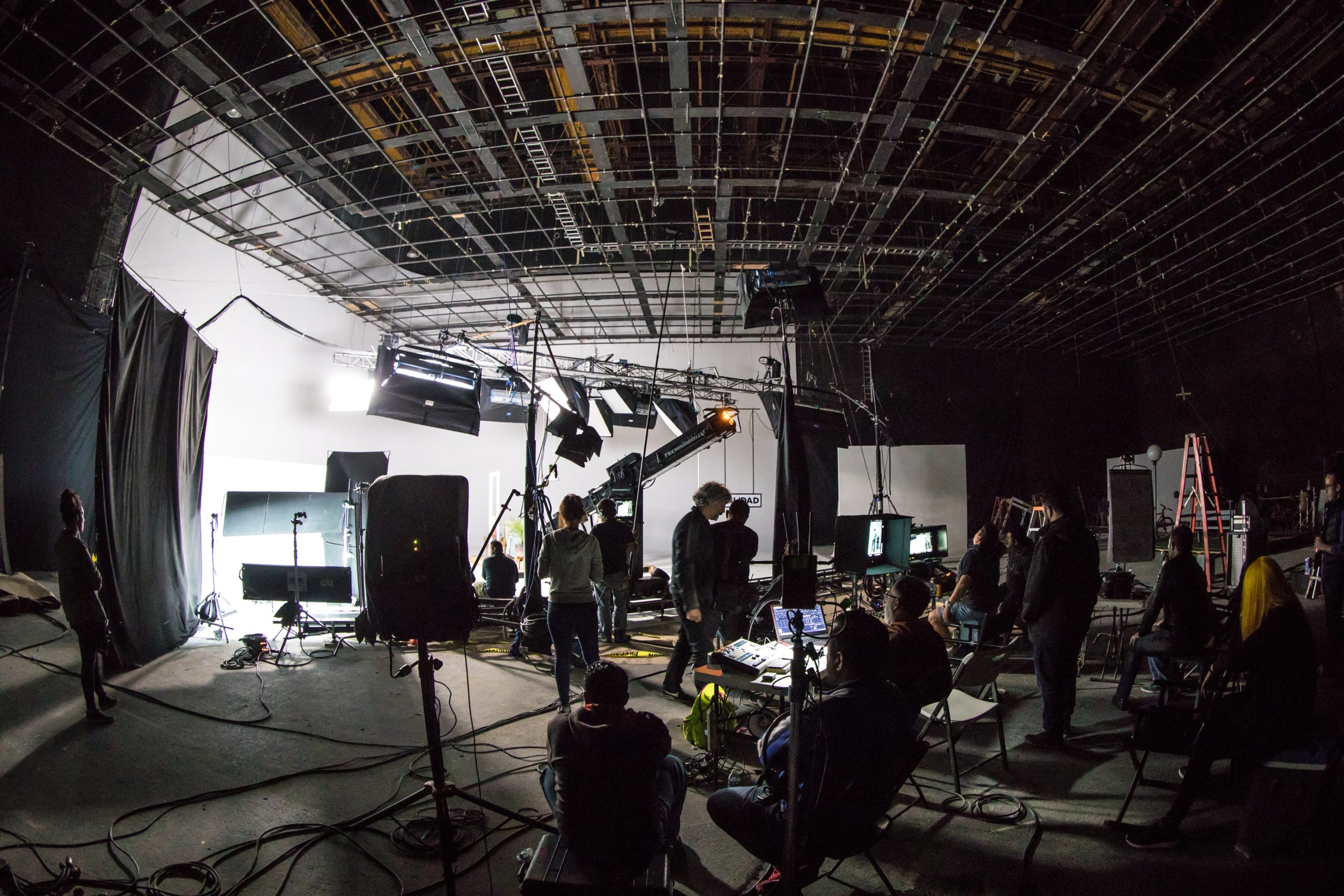Filmmaking is a captivating blend of art and science, where creativity converges with technical expertise to bring stories to life on the silver screen. Behind every blockbuster or indie gem lies an intricate web of costs and technicalities that filmmakers must navigate. In this article, we will delve into the fascinating world of filmmaking, exploring the myriad expenses and technical aspects involved in bringing a movie from concept to completion.
1. Pre-Production
The journey of making a movie begins with pre-production, a crucial phase where the foundation for the entire project is laid.
Script Development: The cost of creating a compelling script can vary greatly. It might involve hiring a screenwriter or investing time and effort into writing it yourself. High-profile screenwriters can command substantial fees.
Casting: The selection of the right actors is pivotal. Costs range from casting directors’ fees to talent salaries, which can be a significant portion of the budget for established actors.
Location Scouting: Identifying and securing suitable locations is essential. Expenses include location fees, permits, and logistics for the crew.
Crew Hiring: A film crew comprises various professionals, such as directors, producers, cinematographers, and costume designers. Their salaries and fees contribute to the budget.
2. Production
Production is the heart of filmmaking, where the script comes to life through visuals and sound.
Equipment: High-quality cameras, lighting, and sound equipment are essential. Rental costs for these items can be substantial, especially for top-of-the-line gear.
Set Construction and Design: Building sets and creating the right environment for the story can be costly. This includes props, costumes, and makeup.
Shooting Days: The number of shooting days impacts the budget. Longer shoots require more crew time, equipment rentals, and location expenses.
Insurance: Production insurance is essential to cover unexpected incidents during filming, such as accidents or equipment damage.
3. Post-Production
Post-production is where the raw footage is transformed into a polished film.
Editing: Editors work tirelessly to assemble the footage into a cohesive story. Their fees and the cost of editing software must be accounted for.
Visual Effects (VFX): Many films incorporate VFX to enhance visuals. These can be costly, with specialized artists and software required.
Sound Design: Sound editing, mixing, and scoring are essential for creating an immersive experience. Composers and sound engineers are part of the expense.
Marketing and Distribution: Preparing the film for release involves promotional materials, festival submissions, and distribution agreements, which may have associated costs.
4. Marketing and Distribution
To ensure a movie reaches its audience, a strategic marketing and distribution plan is crucial.
Marketing Campaign: Advertising, public relations, and promotional materials all come with expenses. The scope of the marketing campaign can vary greatly.
Distribution: The cost of distributing a film can include fees for distribution companies, theater bookings, and digital platforms.
Film Festivals: Submitting the film to festivals is an avenue for exposure but involves submission fees and travel expenses.
5. Miscellaneous Costs
Beyond the core stages of filmmaking, there are numerous other expenses that can arise.
Legal and Insurance: Legal fees for contracts and insurance coverage for various aspects of the production are necessary.
Catering and Craft Services: Providing meals for the crew and cast is essential for maintaining energy during long shooting days.
Transportation: Transporting equipment and crew to various locations can be costly.
Filmmaking is a labor-intensive and resource-demanding endeavor. From the initial spark of an idea to the glittering premiere, every step is marked by costs and technicalities that must be carefully managed. The balance between creativity and budget constraints is a constant challenge for filmmakers, but it is this fusion of art and science that continues to captivate audiences worldwide, making filmmaking a truly magical and enduring industry.



